6 plants to never, ever grow in a wildfire risk area, plus the best fire-resistant alternatives
Growing fire-enabling plant material in your yard can increase the fire risk to your home. Switch them out with these fire-resistant alternatives
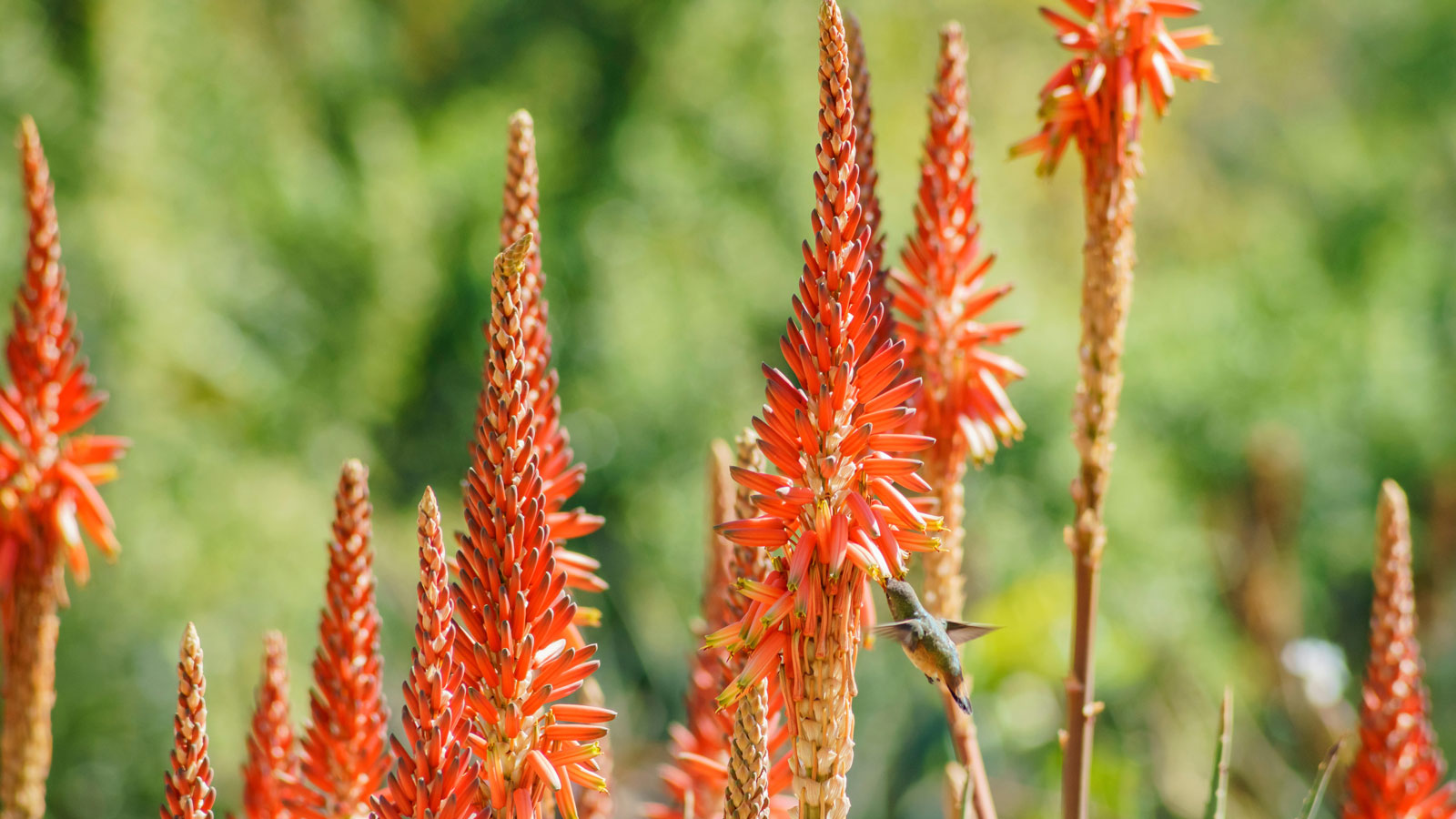

If you live in a wildfire risk area the plants you choose plus where and how you grow them has a huge impact on how resistant your landscape will be to wildfires. How much time you're prepared to spend maintaining plants in your landscape is also important.
Choosing the wrong plants for the wrong place, or failing to maintain plants appropriately drives up the fire risk to your property. There is a group of plants called fire enablers that are highly flammable, which can ignite and spread fires fast. If you're focusing on firescaping your yard you need to know about these hazardous choices.
The good news is there are a range of plants you can replace these fire enablers with. Native plants tend to be naturally adapted to your local climate, and tend to be more water efficient, so aim to grow more of these. Now find out which plants to avoid and how to replace them with our expert-led guide.
1. Pampas grass
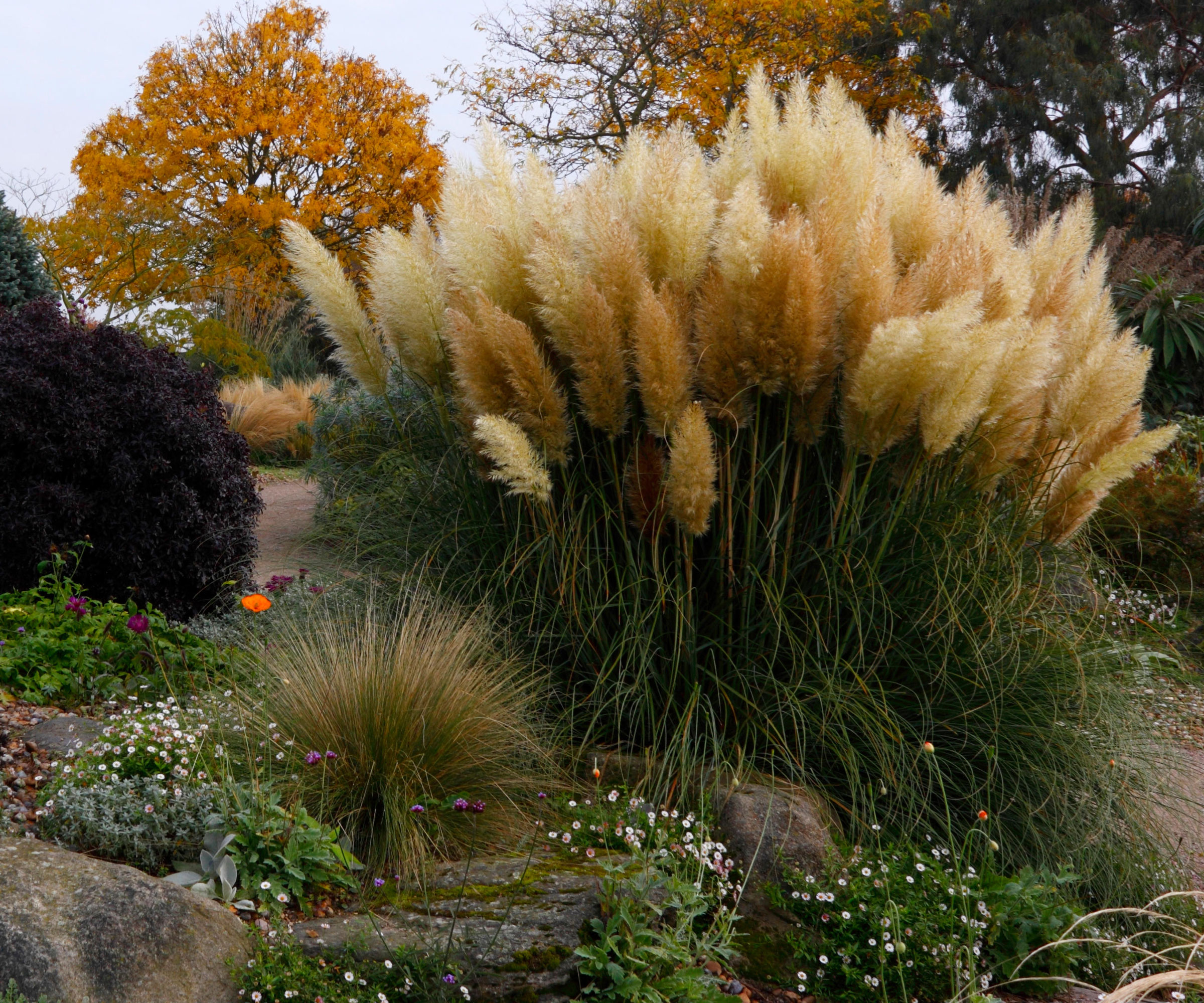
Pampas grass (Cortaderia selloana) is a good example of a fire enabler. It has lots of airy vertical growth, low moisture content and contains volatile oils, all of which combine to make it flammable.
'The persistent seed plumes of pampas grass act like torches to carry fire,' according to Adrienne Edwards and Rachel Schleiger, authors of Firescaping Your Home: A Manual for Readiness in Wildfire Country, available on Amazon. 'Fire enablers like pampas are flammable, combining ease of ignition and ability to sustain fire in one package.'
Instead choose: a mat-forming grass with more horizontal growth that is a fire avoider like West Coast bentgrass (Agrostis pallens). Less flammable grasses have high moisture content, dense leaves, and low levels of volatile oils.
'Cutting grasses back after seed fall and before fire season also significantly reduces their ignitability,' advise Adrienne and Rachel.
Design expertise in your inbox – from inspiring decorating ideas and beautiful celebrity homes to practical gardening advice and shopping round-ups.

Adrienne Edwards is a plant ecologist, garden designer and environmental consultant. She began her botanical odyssey in the Southeast, spent time in the Midwest, and since 2006 has lived and worked in northern California. After more than 30 years' experience teaching, researching and consulting, plants continue to be her muse. She is currently a faculty lecturer at California State University, Chico.

Rachel Schleiger specializes in restoration ecology. She has lived in the Sierra Nevada foothills most of her life. Her family and property survived the deadliest and most destructive western fire on record, the 2018 Camp Fire. Since then, she has developed a curriculum to teach about wildfire, both in person and online through Butte College. She is currently a faculty lecturer at both Butte College and California State University, Chico.
2. Juniper
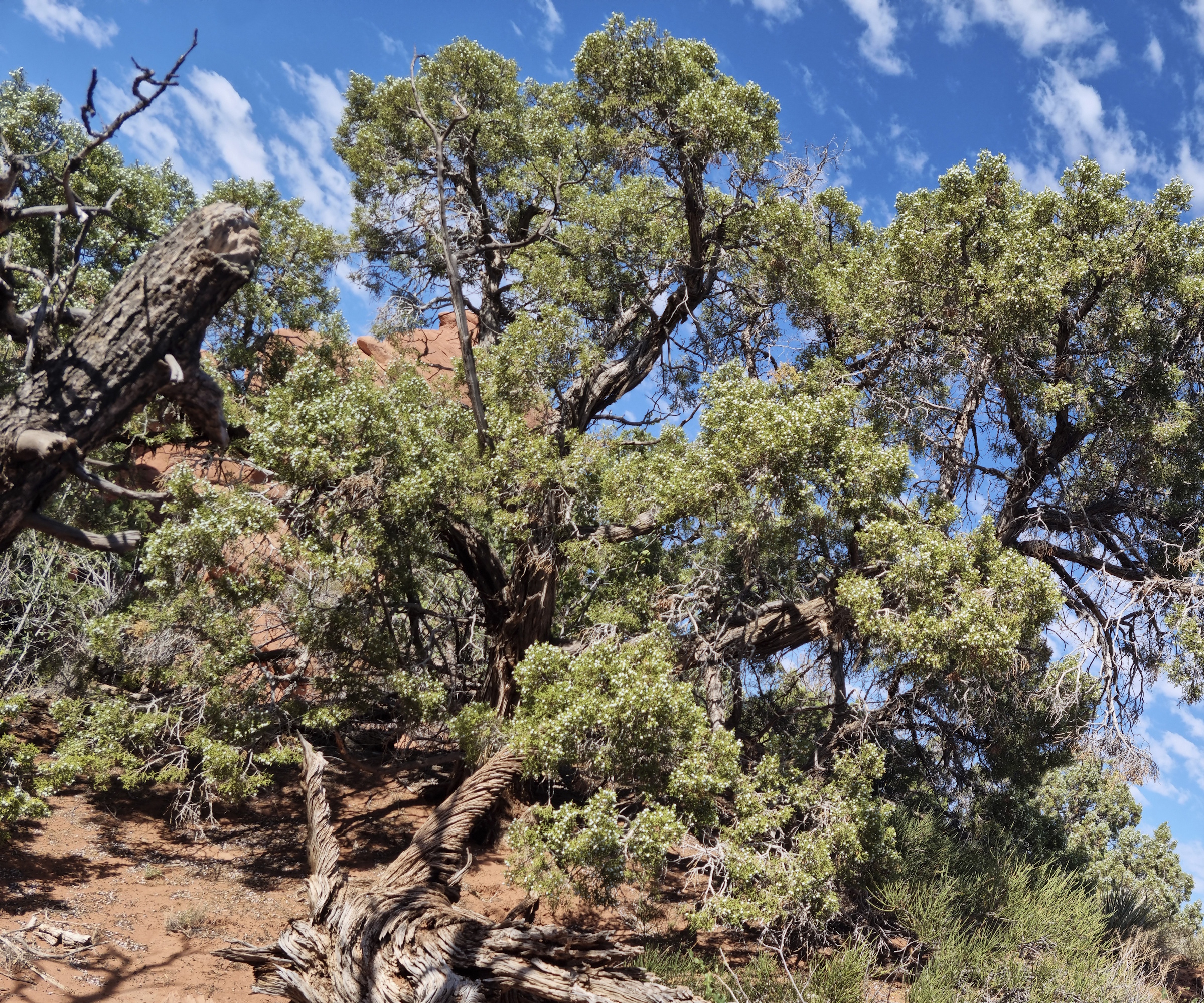
Many conifers including ornamental junipers contain oils and resins. Junipers have dense foliage too that traps dry material and the resin in the branches just makes everything worse once it ignites.
For this reason they are plants never to grow in a wildfire risk area, and are sometimes referred to as a "gasoline bush" by firefighters. This means they are definitely not a good choice if you're looking for fire-resistant trees to landscape your yard.
'Avoid using plants with a higher resin level, such as juniper, fir, pine trees, and palms, which are more flammable than many other plants,' says horticulturalist Noelle Johnson, author of Dry Climate Gardening, available on Amazon. 'You can get additional information from your local forestry or fire department for your particular region, including recommended plant lists.' This will help you define your choices.
Instead choose: less risky trees if you live in an area that's prone to wildfires. 'Manzanitas (Actostaphylos species) are some of our most beautiful native trees,' according to Adrienne and Rachel. 'But manzanita wood is quite dense and can burn really hot. However, correctly spaced and pruned in a landscape, manzanitas can actually be quite fire resistant, as well as incredibly drought tolerant and good for erosion control.'
The key is to plant manzanitas on their own with plenty of space around them, and prune lower branches and dead material regularly.

Noelle Johnson is a horticulturist, landscape consultant, and garden writer who lives in the Phoenix, Arizona metro area. Popularly known as the 'AZ Plant Lady,' for over 20 years her passion has been to inspire and teach people to create, grow, and maintain beautiful gardens that thrive in a hot, dry climate.
3. Iceplant
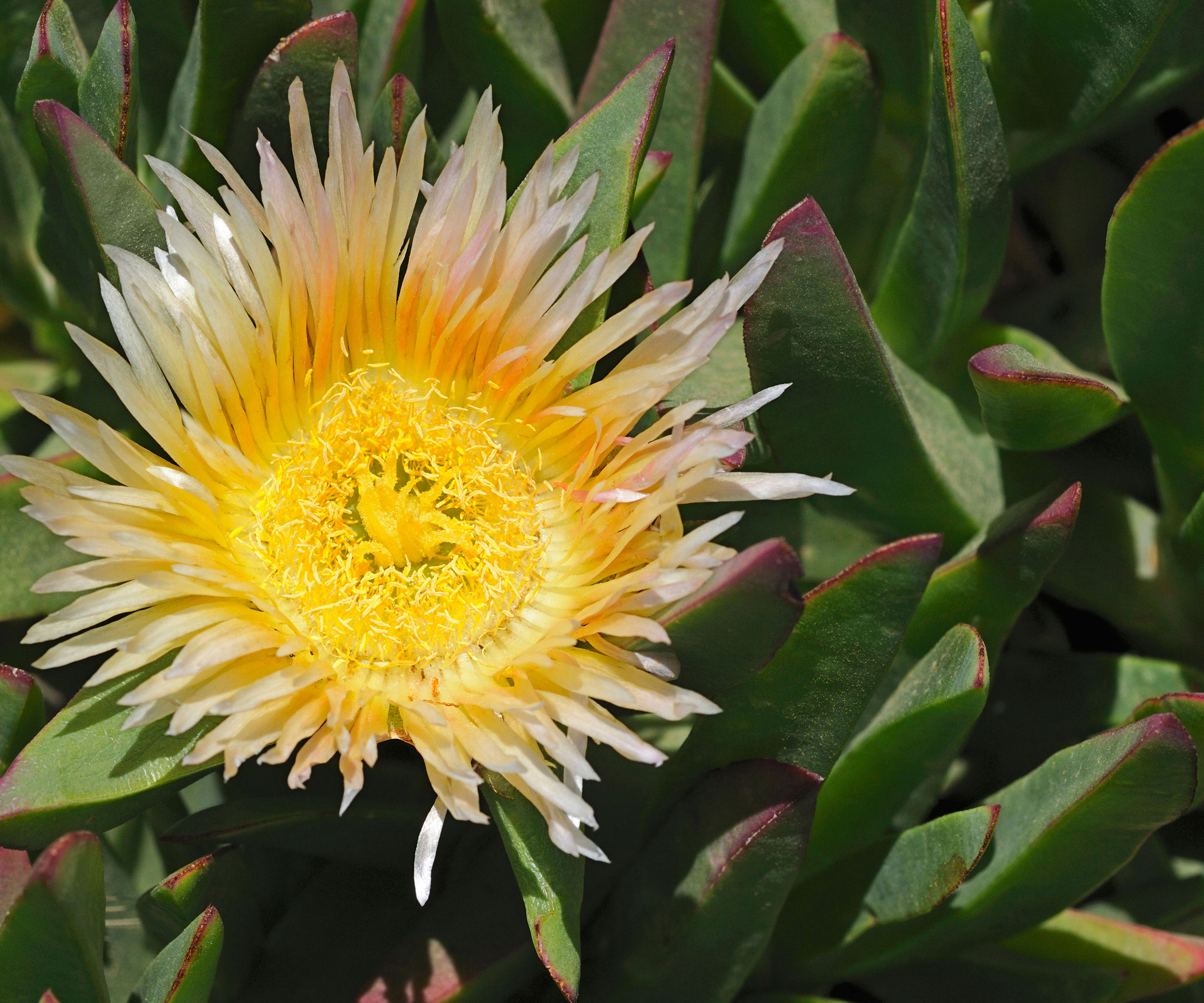
'If you live in a wildfire-prone region, a garden of juicy leaved plants can be one more weapon in your arsenal of protection,' says succulent expert Debra Lee Baldwin, author of Designing with Succulents, available here from Amazon.
'Although succulents typically are more fire resistant than other kinds of plants, a notable exception is iceplant (Carpobrotus edulis, also known as pickleweed and Hottentot fig). If dry leaves beneath the ground cover’s finger-like foliage catch fire, they can smolder unseen even after the blaze is extinguished, creating a hazard for homeowners and firefighters alike.'
Instead choose: other types of succulents, particularly those that aren’t too furry with hairs or prickles. These are the most resistant to fire (as long as dead material is removed) because they contain lots of water. This means they are a good choice if you're looking for ideas for landscaping with succulents and live in a wildfire zone.
Aloe arborescens (also known as Krantz aloe) is frequently mentioned, including by Debra, as one of the best succulents to use as a fire barrier as it can grow up to 10 feet tall. It's drought tolerant and has stunning red or orange flower spikes in winter. Buy Krantz aloe seeds at Amazon.

Debra Lee Baldwin specializes in showing how landscape and garden designers use dynamic, sculptural succulents in a wide variety of eye-catching applications. Her own garden is in the foothills northeast of San Diego. In 2017, Debra was honored as "Horticulturist of the Year" by the San Diego Horticultural Society. She is an in-demand speaker on the horticultural circuit and her YouTube channel has more than 8,000,000 views.
4. Eucalyptus
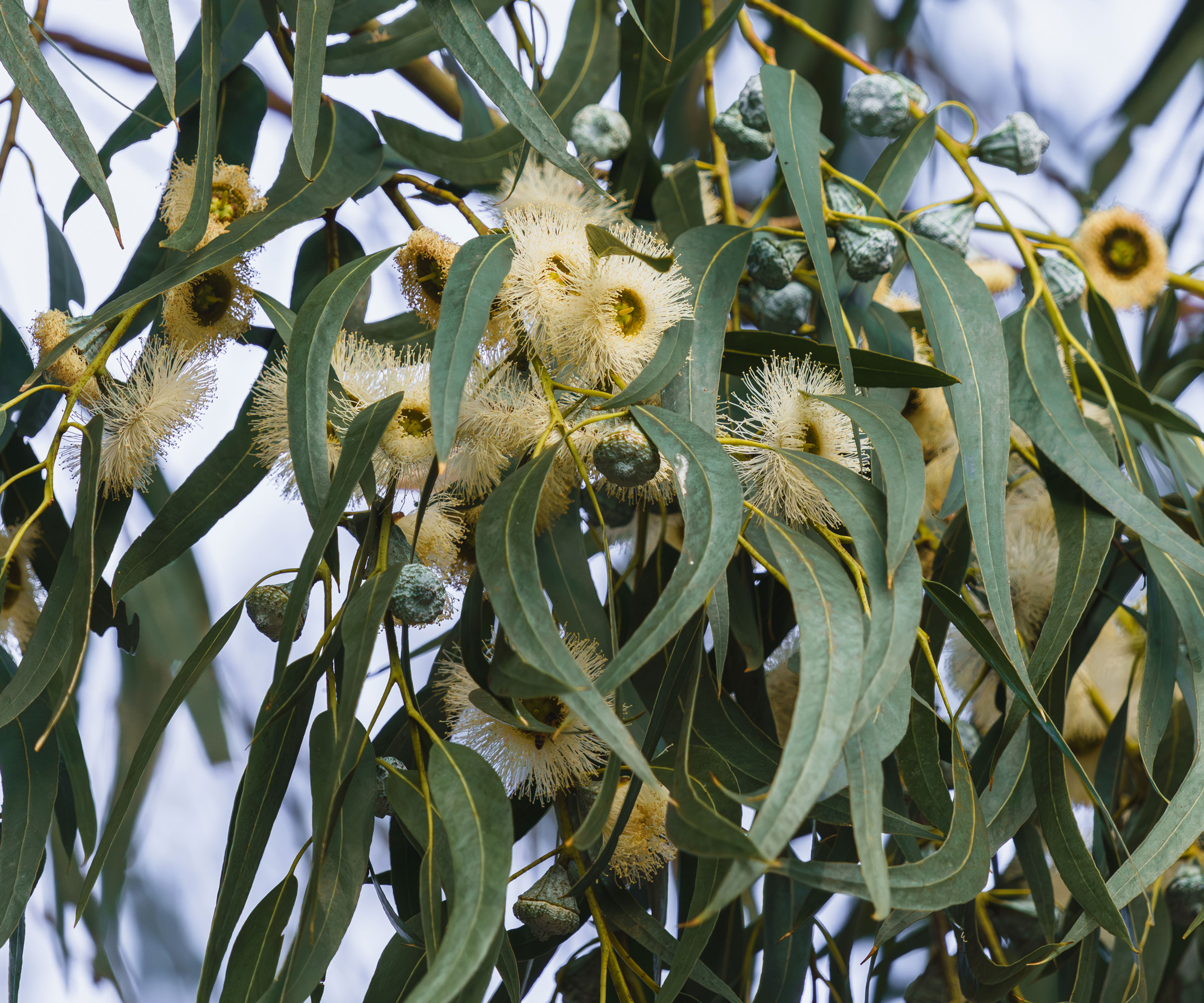
Although admired as shade and ornamental trees in many cities and gardens, all eucalyptus species are prone to fire, and this means they are plants never to grow in a wildfire risk area. They should preferably be removed if you live in an area at risk of wildfire.
Alternatively if you decide to keep one it will require significant maintenance. Regularly remove lower branches, all dead wood, peeling bark, and twiggy growth. Your eucalyptus shouldn't touch any nearby trees or plants either, and should be at least 100 feet from the house to reduce potential wildfire hazards.
Instead choose: one of the lovely ornamental maple tree varieties. The high water content in maple leaves significantly reduces ignition potential, making them an excellent choice for fire-prone areas.
The best fire-resistant maple trees are the big leaf maple (Acer macrophyllum), the sugar maple (Acer saccharum), and the red maple (Acer rubrum). All have good moisture retention and adapt well to various soil conditions.
5. Bamboo
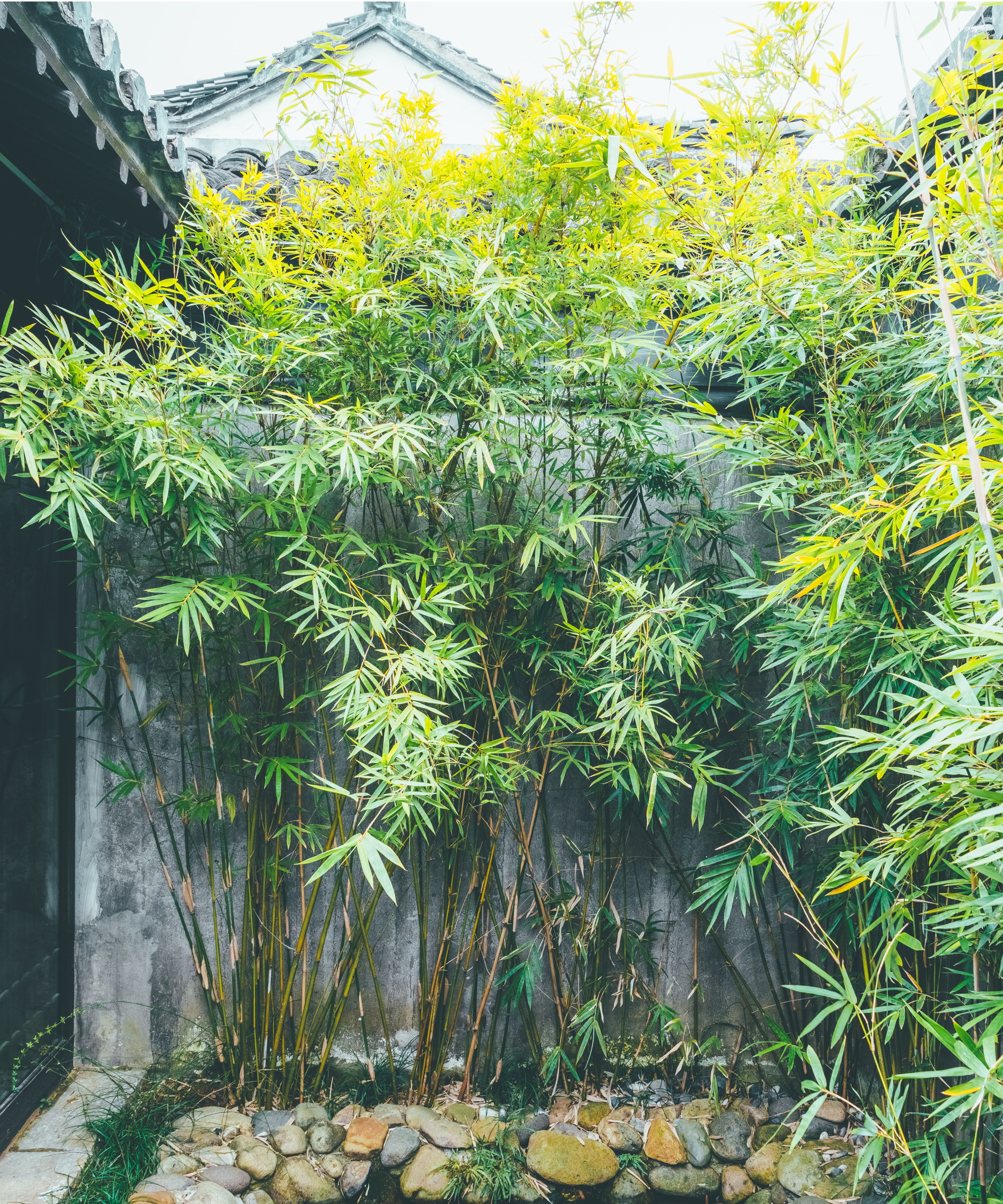
Commonly grown as a screen or hedge, all bamboo varieties are considered a fire-hazard if you live in a risk area. For this reason bamboo should be removed to within 30 feet of your property.
All bamboos form tight clumps and within those have compact clusters of stems on individual plants that collect lots of dead material. This makes them hard to maintain. They also tend to accumulate leafless twigs that can be hard to access for pruning purposes yet add to the fire risk.
Instead choose: other plants that can create suitable privacy screens while having a lower fire hazard risk. Tall fescue (Festuca arundinacea) is known for its fire-resistant properties, thrives in dry conditions, and grows to a height of 6-7 feet, which means it's a great choice to replace bamboo if you're looking to screen your yard.
6. Sagebrush
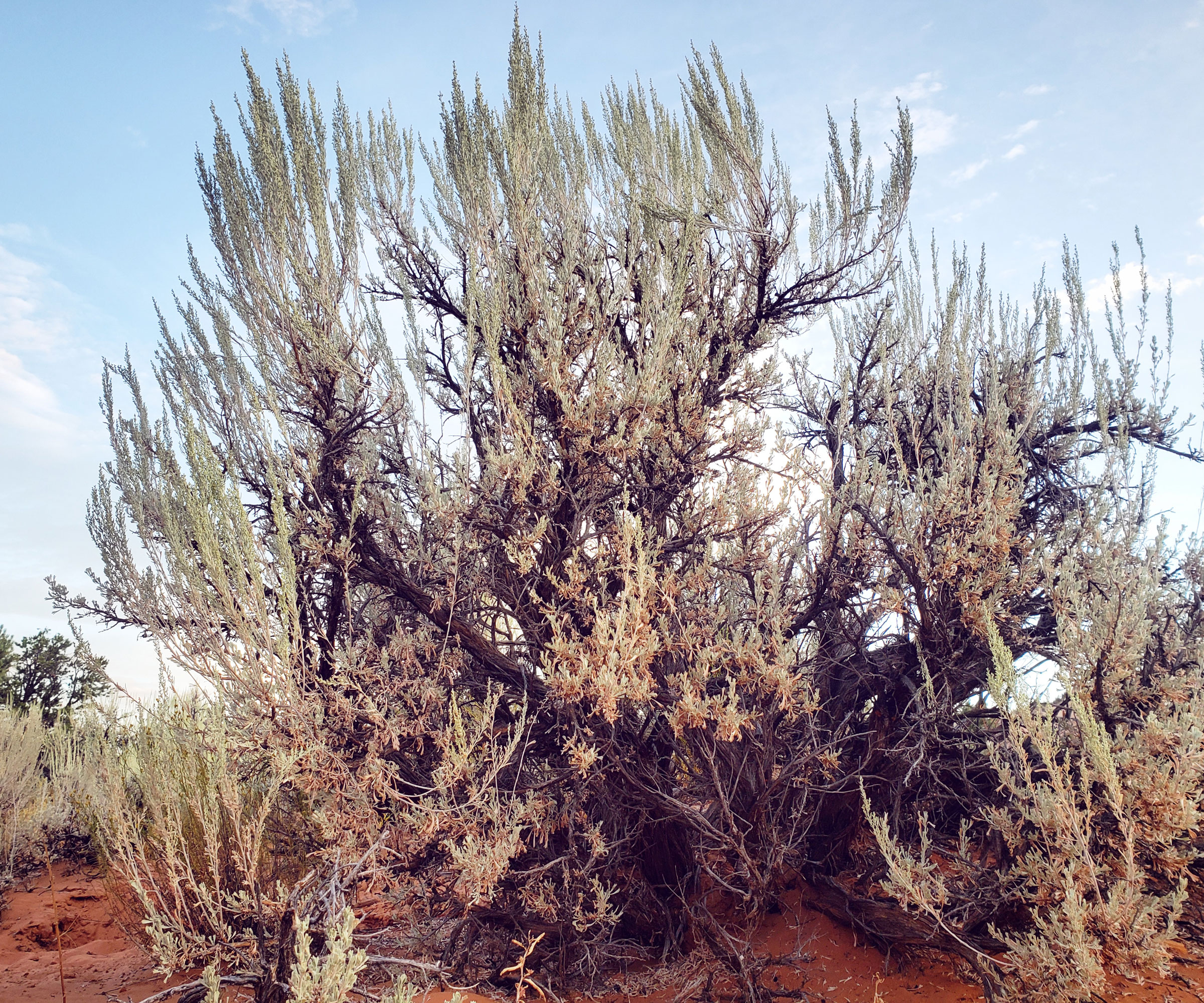
Sagebrush is one of the shrubby plants never to grow in a wildfire risk area as it will burn when any surrounding vegetation is dry. This hardy plant thrives where water and nutrients are low such as in desert landscaping schemes. Although it can survive fierce winds and extreme drought fire easily kills sagebrush.
Instead choose: carefree Russian sage which holds up better in heat and doesn’t catch fire as fast. This heat- and drought-tolerant plant makes it onto our recommendation list of fire-resistant plant alternatives to fire enablers, with the caveat that plant placement should be away from the home and any other structures.
Buy Russian sage at Nature Hills and add this gorgeous perennial to your landscaping design.
In summary, look out for the following factors when thinking about good choices to replace plants never to grow in a wildfire risk area.
'Leaf moisture content is probably the greatest predictor of flame resistance, but compact growth, low-surface-area-to-volume leaves, little accumulation of dead material, and low levels of volatile compounds are desirable fire-resistant traits,' according to Adrienne and Rachel.
Now find out more about some more fire-resistant plants that are highly recommended. And remember, fire-resistant doesn't mean fireproof. Even fire-resistant plants will burn if not well-maintained with an appropriate watering and pruning regime.

Lifestyle journalist Sarah Wilson writes about garden design and landscaping trends for Homes & Gardens. She has studied introductory garden and landscape design, and also has an RHS Level 2 qualification in the Principles of Plant Growth and Development. She is a regular contributor to Homes & Gardens and Livingetc. She has also written for Country Living, Country Homes & Interiors, and Modern Gardens magazines
You must confirm your public display name before commenting
Please logout and then login again, you will then be prompted to enter your display name.